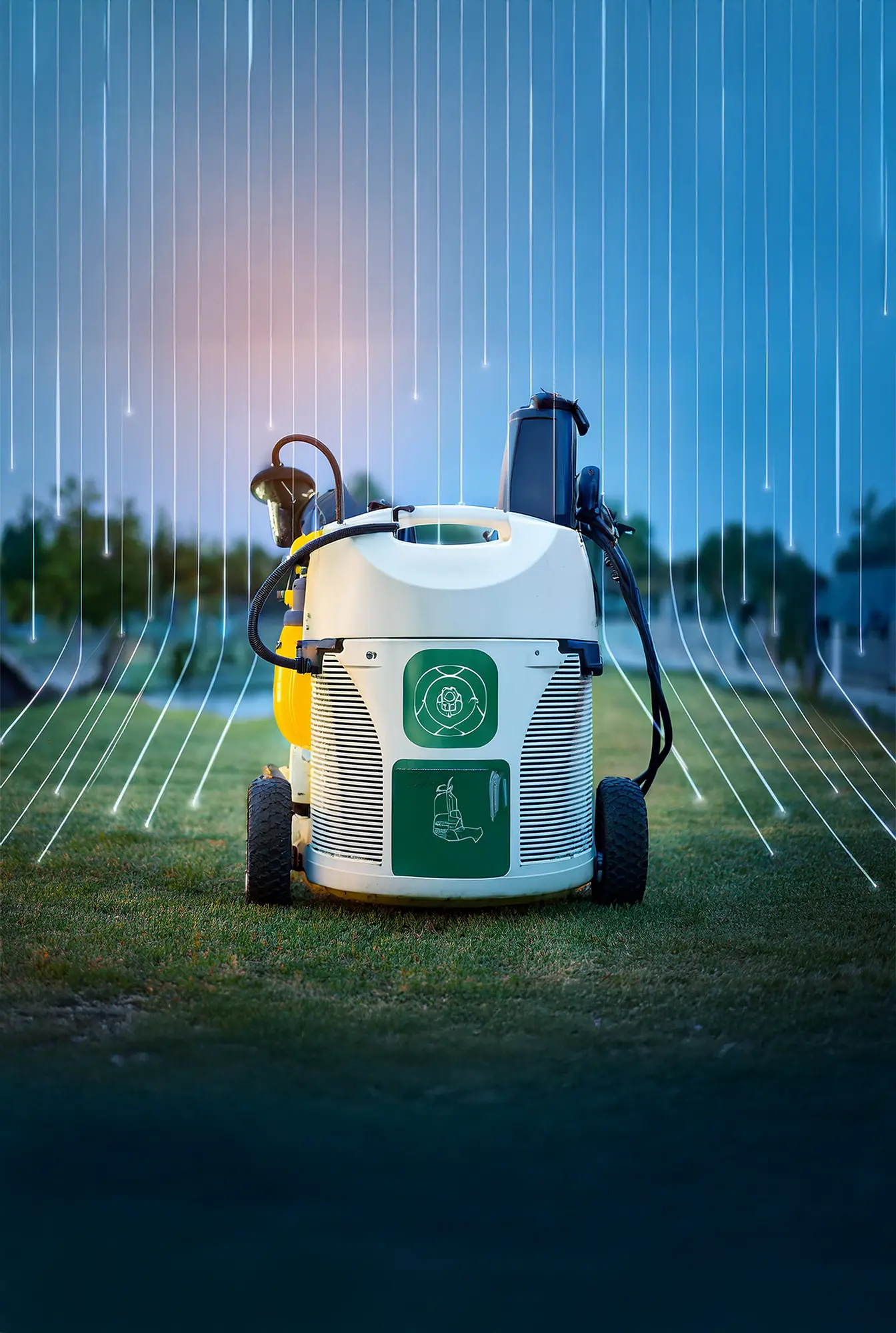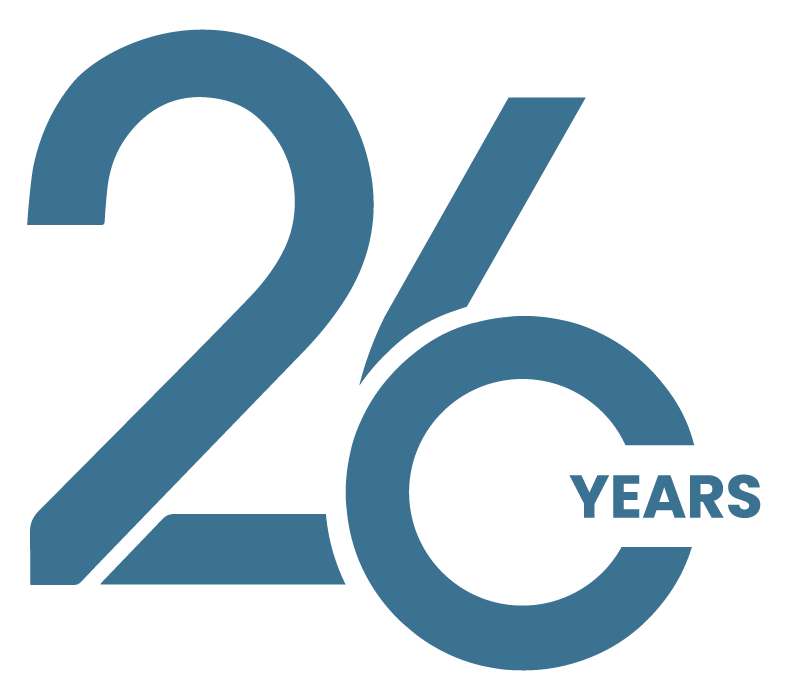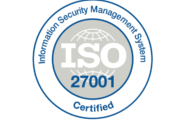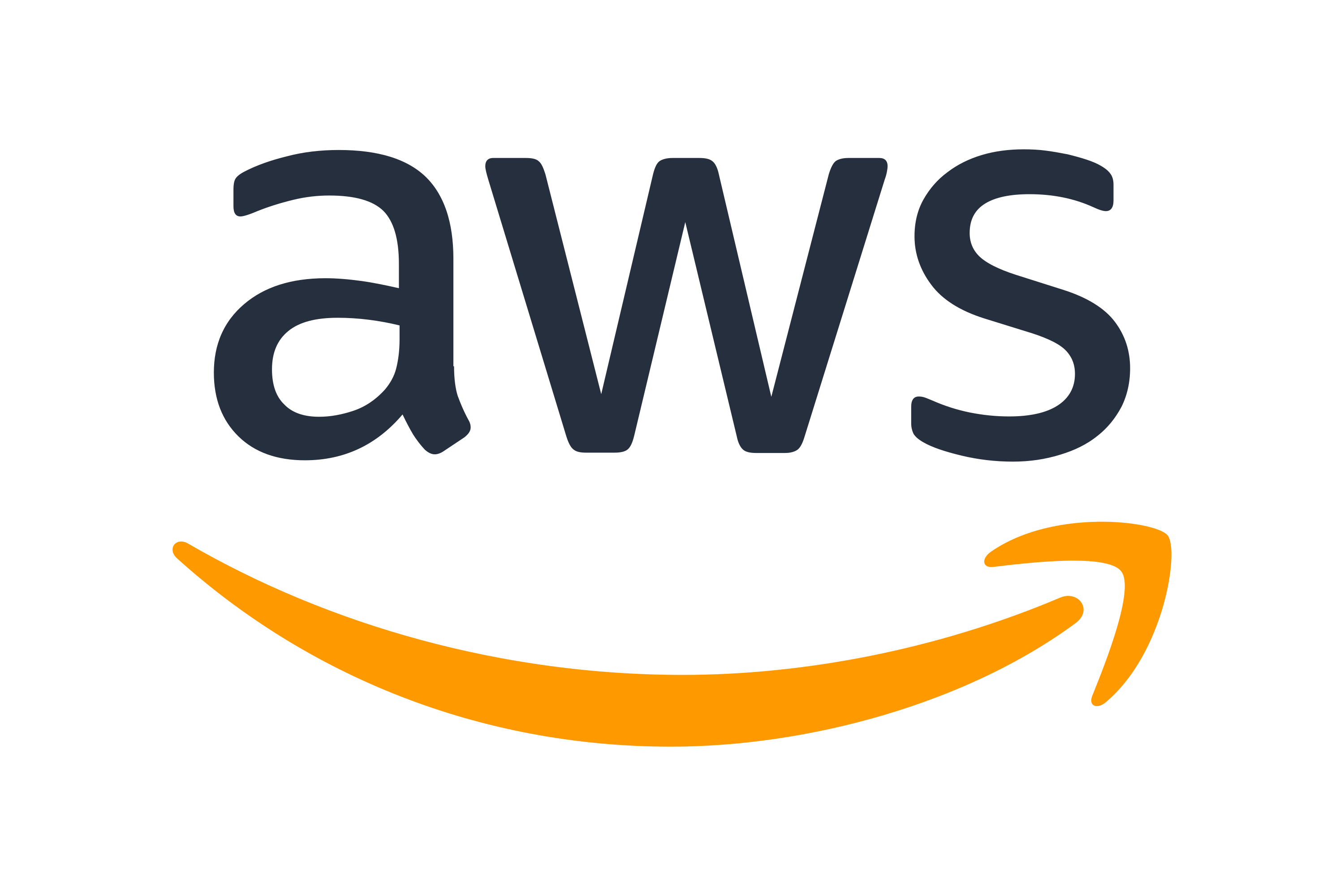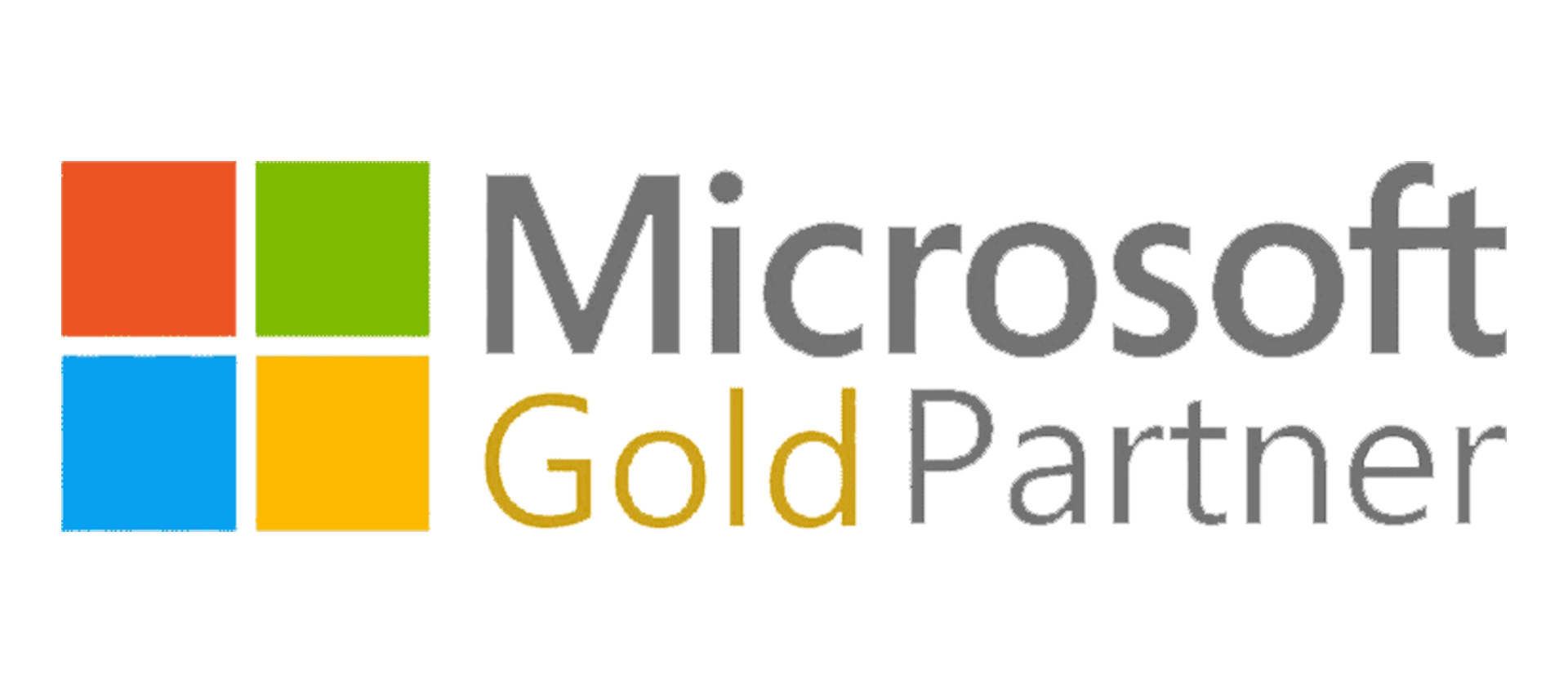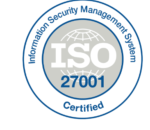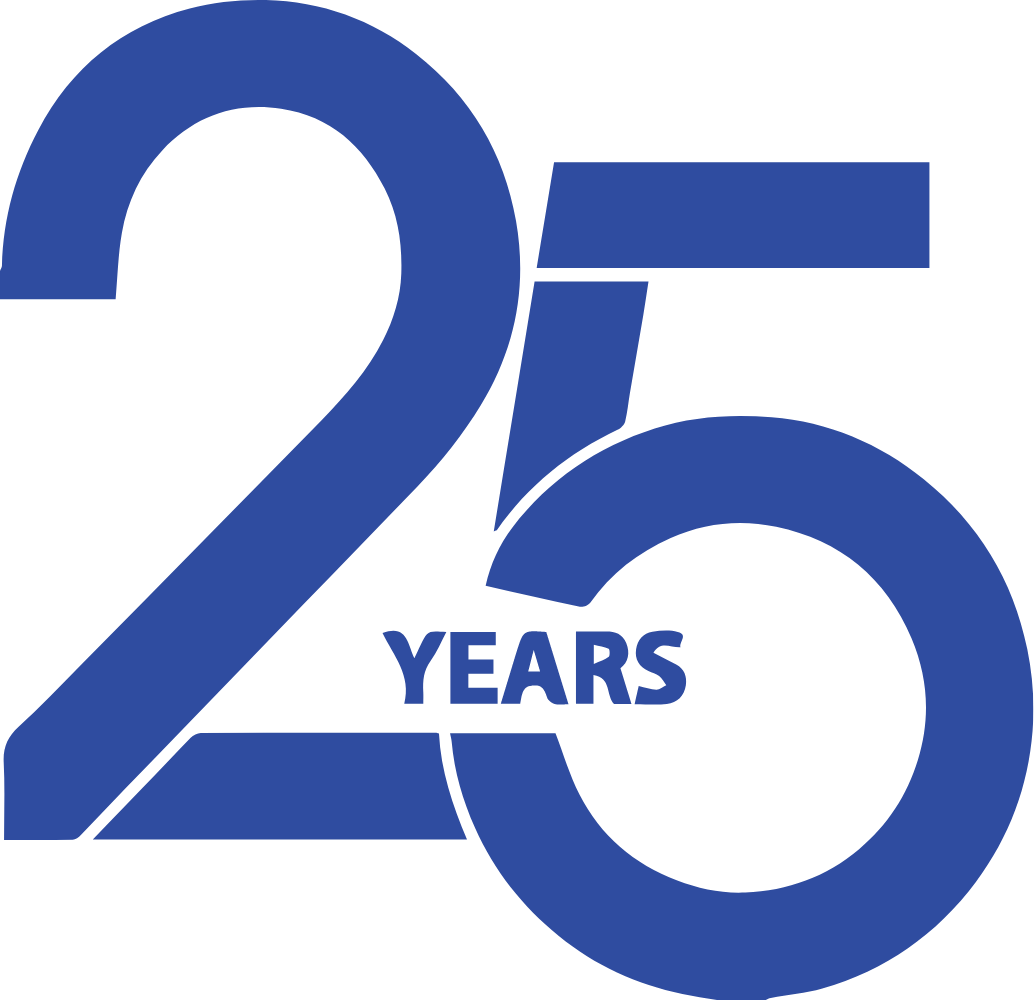




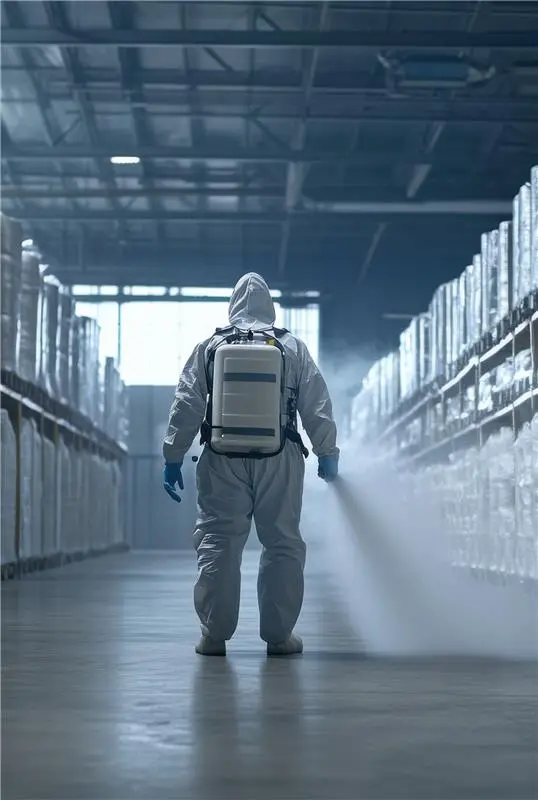
Without a proper asset management system, tracking equipment utilization, maintenance schedules, and locations can lead to inefficiencies and downtime.
Monitoring pesticide levels and ensuring compliance with regulations without real-time insights can result in shortages, waste, or regulatory penalties.
Assigning technicians without a centralized scheduling system can lead to overlapping routes, missed appointments, and reduced productivity.
Manual tracking of invoices, vendor agreements, and operational budgets increases the risk of errors and diverts resources from service improvements.
Preparing reports for clients manually delays updates on pest control progress, affecting satisfaction and trust in your services.
Without a unified system for field teams to log service requests or updates, communication breakdowns can impact service quality and response times.
Disconnected systems require manual data entry, which is error-prone and consumes hours that could be spent on client-facing activities.
Managing licenses, certifications, and pesticide usage manually risks non-compliance, fines, and reputational damage.
Without real-time monitoring, assessing technician efficiency and performance is challenging, leading to missed opportunities for improvement.
Lack of telemetry or IoT data limits your ability to analyze pest activity trends and make proactive adjustments for better outcomes.
Delayed updates on service schedules, billing, and results frustrate clients, reducing retention and satisfaction.
Managing technician availability and ensuring seamless operations during peak seasons is difficult without a robust workforce management system.
Use AI to predict maintenance needs, optimize the utilization of pest control equipment, and reduce downtime with IoT tracking for real-time insights into equipment health and inventory.
Integrate your ERP with cloud-based systems to unify scheduling, financial tracking, vendor management, and equipment monitoring, providing a single source of truth for informed decision-making.
Leverage IoT devices to monitor pesticide inventory in real time, ensuring optimal stock levels, reducing waste, and maintaining regulatory compliance.
Use AI-powered route planning to maximize technician productivity, minimize travel time, and ensure on-time service delivery, improving client satisfaction and operational efficiency.
Implement a centralized platform where field teams can log service requests, update work orders, and request resources from anywhere, streamlining communication and response times.
Deploy IoT telemetry to monitor environmental conditions like temperature, humidity, and pest activity trends, enabling proactive adjustments and more effective pest control strategies.
Use GenAI to send personalized, real-time updates to clients on service schedules, pest control progress, and billing, enhancing transparency and building trust.
Optimize pesticide application with AI that analyzes pest patterns, environmental data, and equipment usage to minimize waste and maximize effectiveness.
Use IoT-enabled sensors to track the health of vehicles and equipment, with AI forecasting maintenance needs to prevent downtime and maintain operational continuity.
Implement robotic process automation (RPA) to manage documentation, track certifications, and ensure compliance with pest control regulations, reducing manual effort and errors.
Leverage AI-powered predictive analytics to identify emerging pest threats and optimize resource allocation for proactive and targeted interventions.
Use AI-driven scheduling tools to allocate equipment and technicians efficiently, ensuring the right resources are available at the right time to meet client demands.
